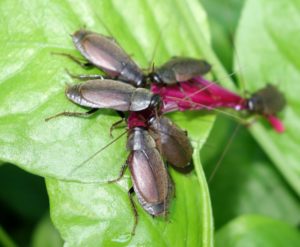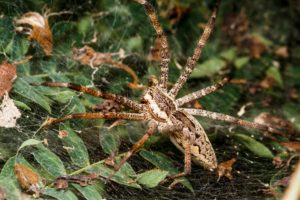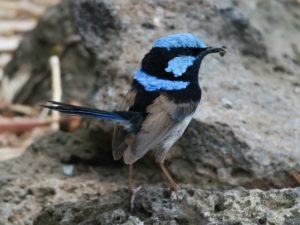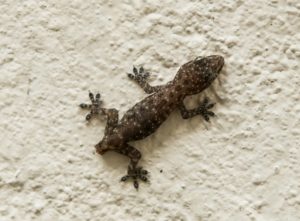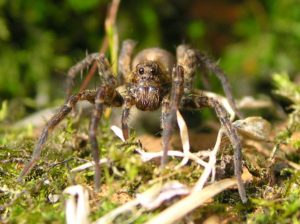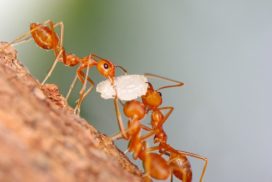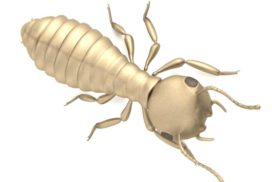HOW DO ANTS SURVIVE FLOODS?
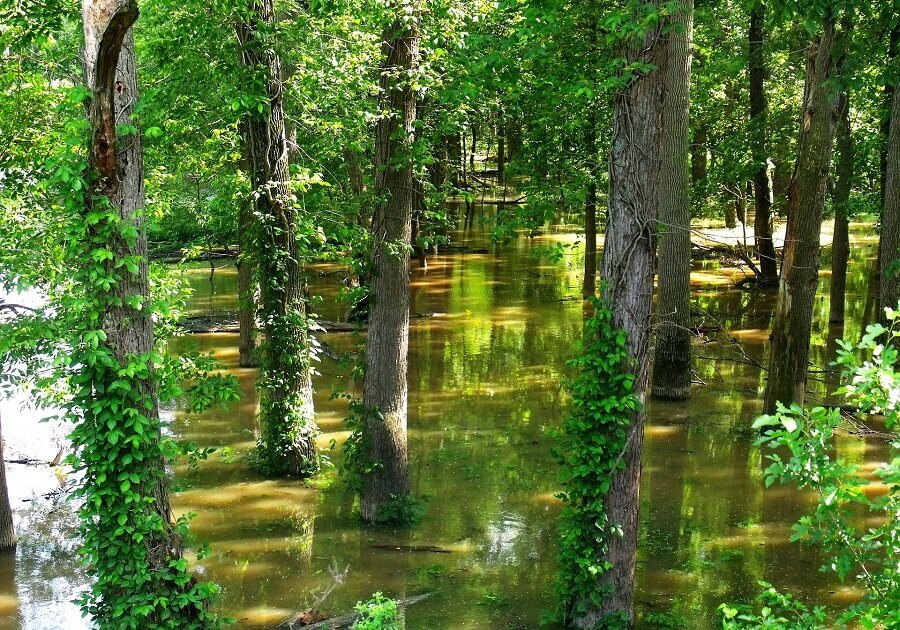
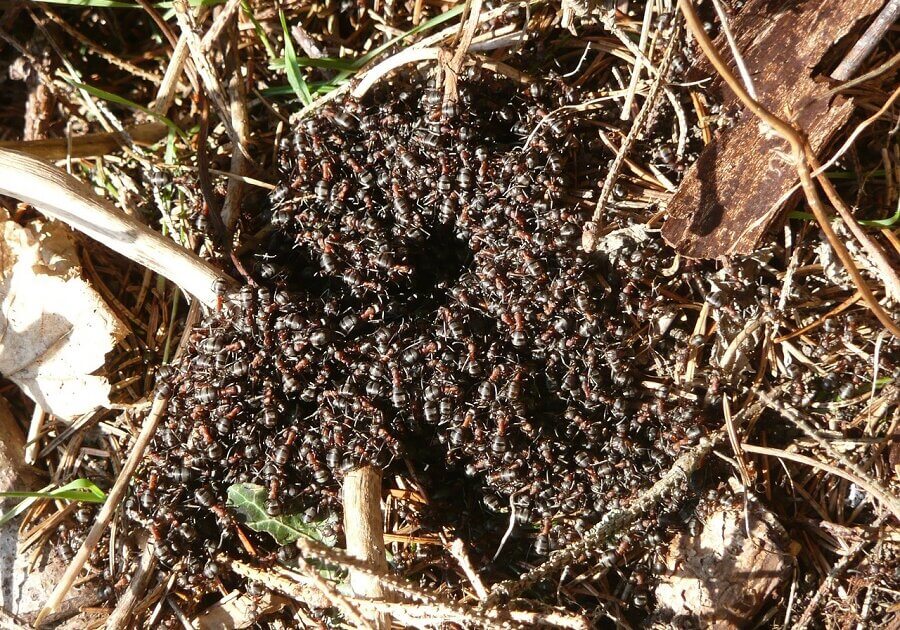
When ant species that live underground detect water in their nest, they alert other members of the colony by making alarm runs towards alternative exits. If the water flow persists, the ants quickly find unobstructed galleries and out of the nest using odor trails. New York Times reported that ants could mobilize the whole colony within 30 seconds.
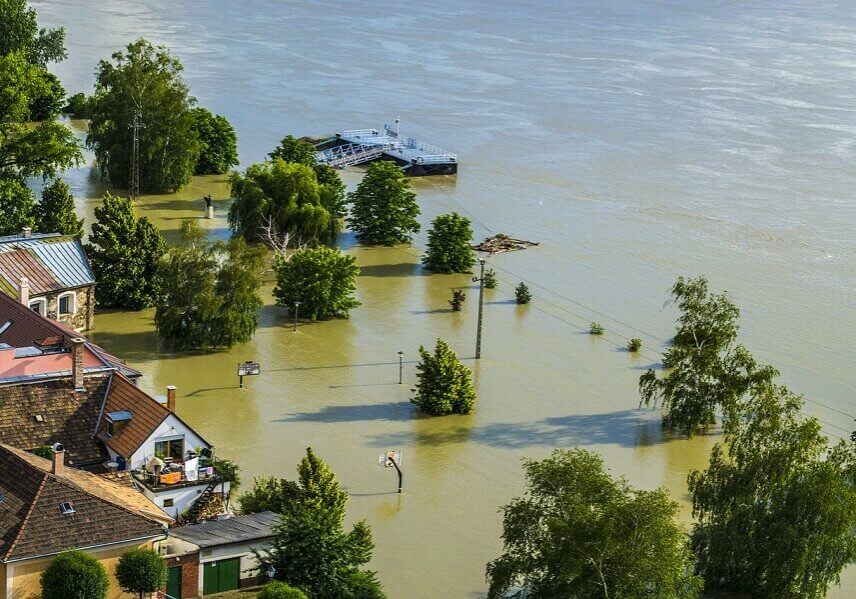
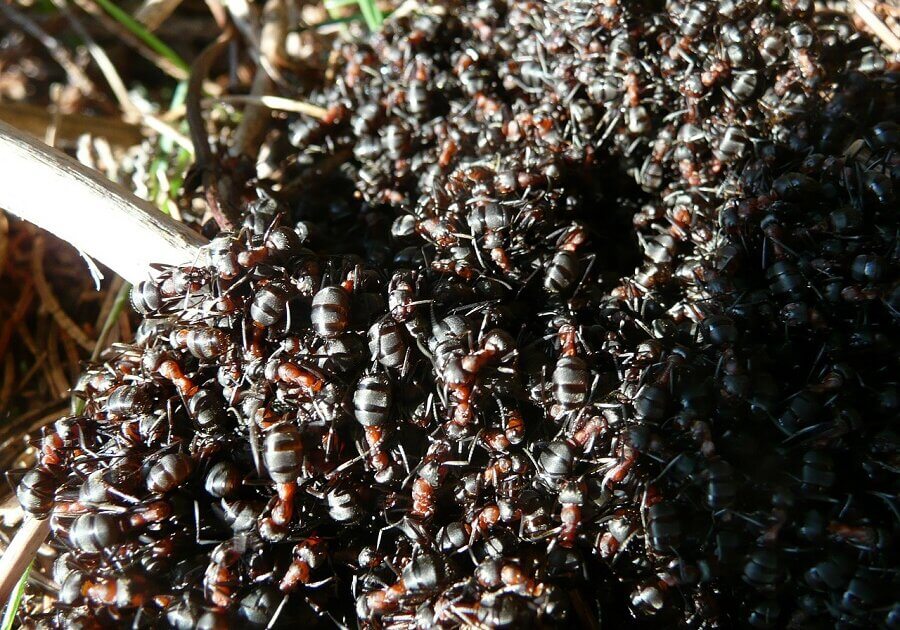
According to USA Today, some species such as fire ants move to ground level and join together to form a sort of floating raft—along with the queen, workers, brood, and males—that anchors itself to bushes. When the flood waters recede, the ants return to their nest. However, African species build their nests on a hilly ground where rainwater runs off efficiently. If the water enters the ant nest, the queen, being too fat to move is trapped and cannot survive. Some tropical farmers destroy white ants by directing rainwater into the ant-mound instead of using expensive pesticides.
Recent posts
Join us on social media or subscribe!
Sign up to receive our articles in your inbox!
Enter your name and email address below to subscribe.
